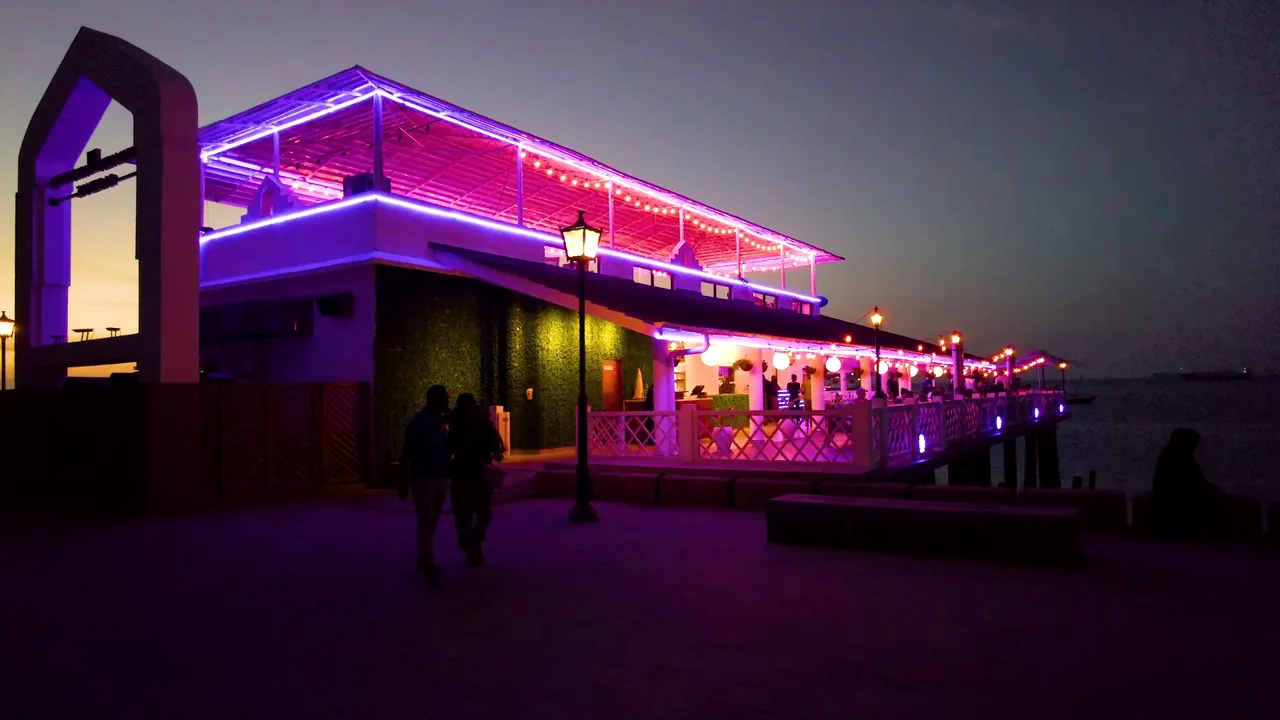
We landed at the airport in Zanzibar safely without complications. From the airport, we go to our first place, the capital of Zanzibar - Stone Town. I booked one of the capital's hotels right by the sea for three nights to sleep off my jet lag and explore the city.
Wylądowaliśmy na lotnisku na Zanzibarze bezpiecznie, bez komplikacji. Z lotniska udajemy się do naszego pierwszego miejsca, stolicy Zanzibaru - Stone Town. Zarezerwowałem jeden z hoteli w stolicy, nad samym morzem na trzy noce, żeby odespać jet laga i zwiedzić miasto.

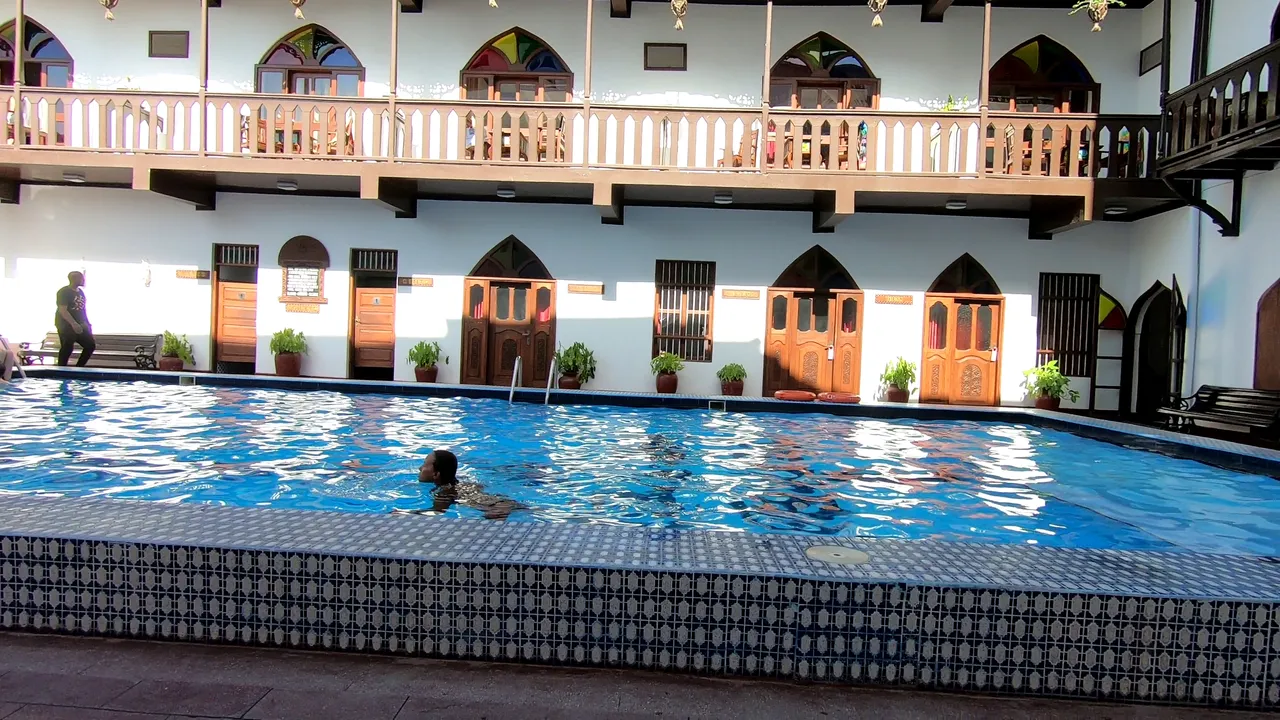
The 4-star Tembo House Hotel welcomed us with a surprise in the form of a surcharge for the room, as there was allegedly a booking error. You know what it is, how they see tourists killed by flight, you have to nibble them, I paid for peace and gave an appropriate opinion on the booking. I don't think it was profitable for them.
4-gwiazdkowy Tembo House Hotel przywitał nas niespodzianką w postaci dopłaty za pokój, bo rzekomo był błąd w rezerwacji. Wiadomo o co chodzi, jak widzą wymordowanych lotem turystów, to trzeba ich skubnąć, zapłaciłem dla spokoju i wystawiłem odpowiednią opinię na booking. Chyba im się nie opłacało.
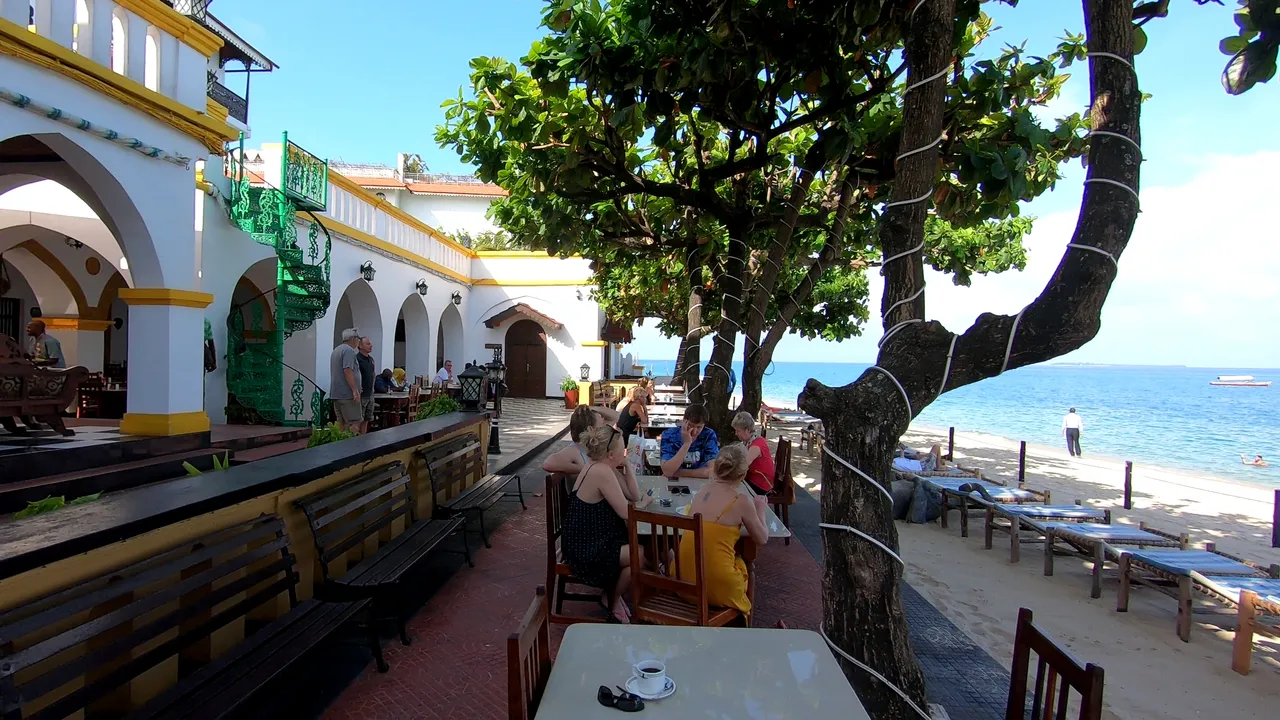

With the rest of our strength, we did a quick reconnaissance of the city and the vicinity of the hotel, but the terrible heat, for freshly baked white tourists from winter Europe, is unbearable. We escaped to an air-conditioned room.
Resztkami sił zrobiliśmy szybki rekonesans po mieście i okolicach hotelu, ale potworny upał, dla świeżo upieczonych białych turystów z zimowej Europy jest nie do wytrzymania. Uciekliśmy do klimatyzowanego pokoju.
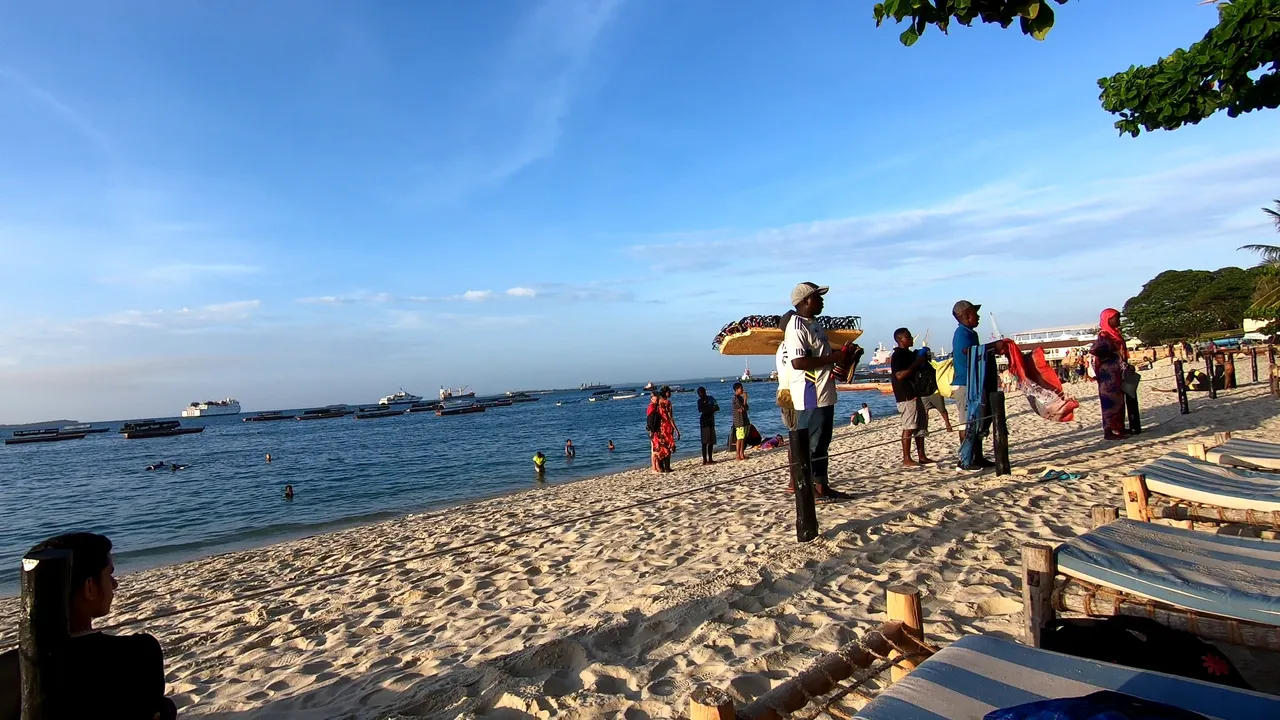
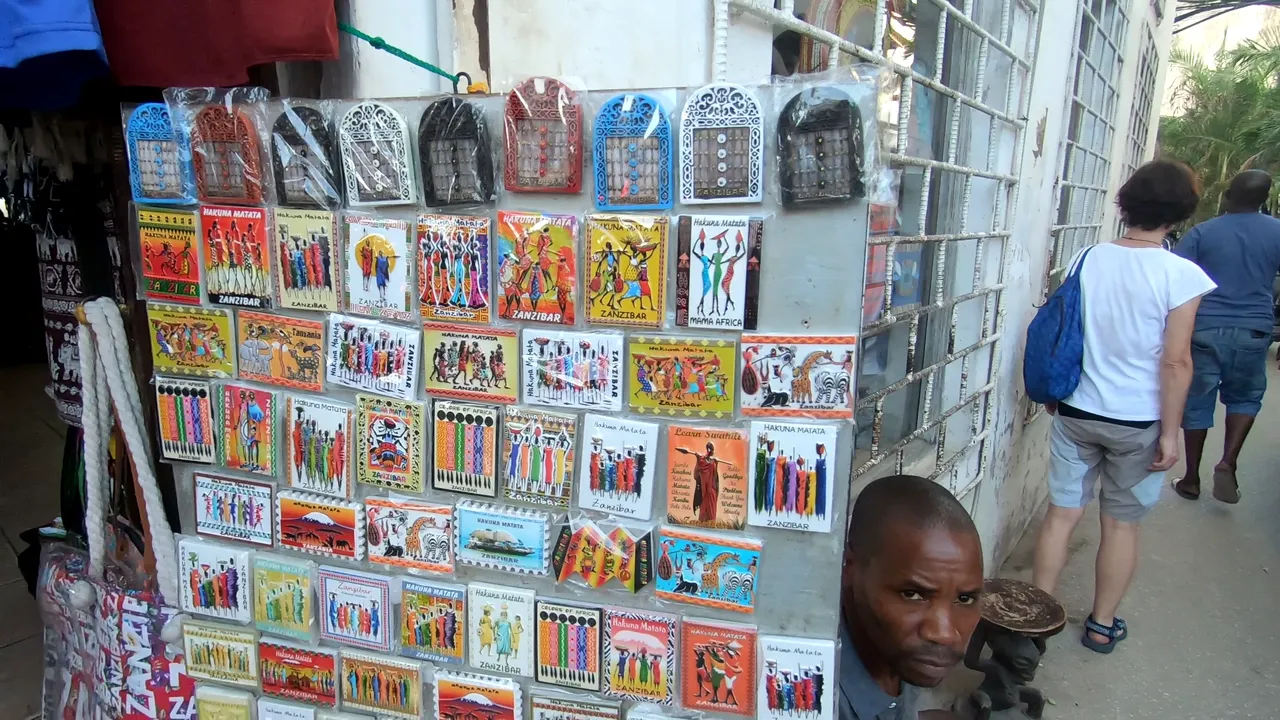
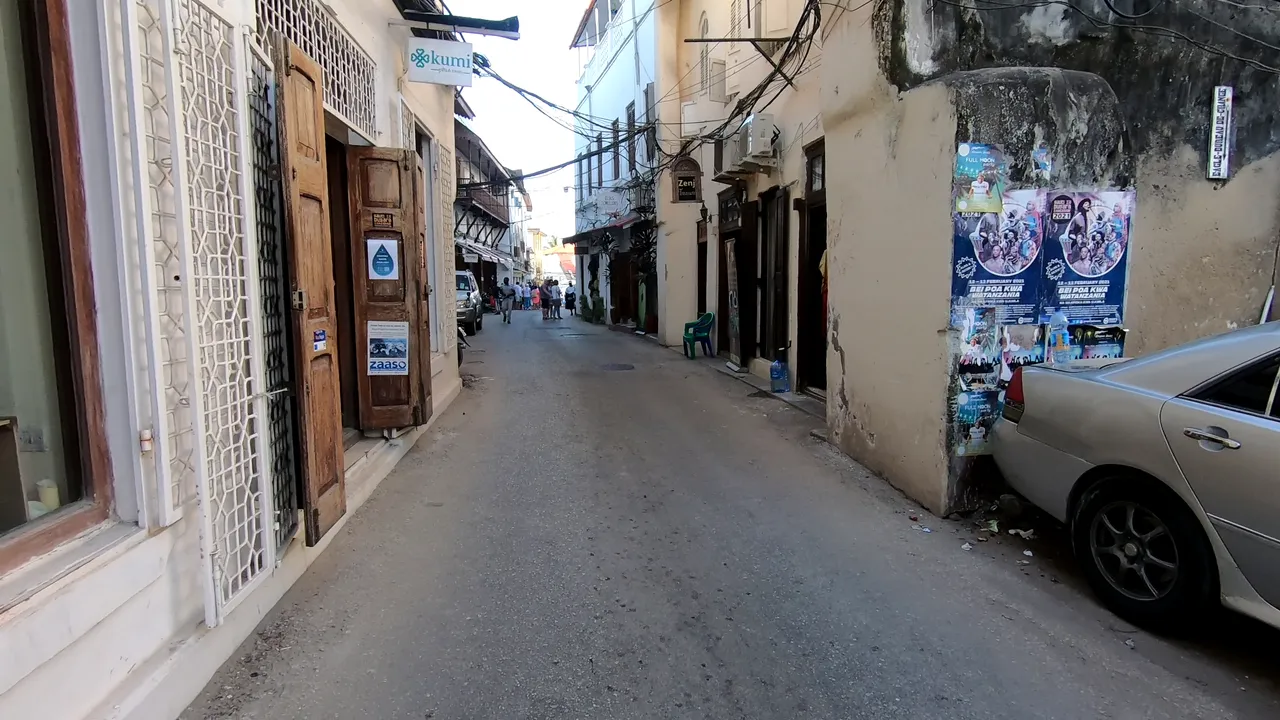
In the evening we had a look at our first place of stay in Zanzibar. Time to go to sleep.
Zerknęliśmy jeszcze wieczorem, na nasze pierwsze miejsce pobytu na Zanzibarze. Czas iść spać.

Morning breakfast, in a very nice environment, and we set off into town in search of the door, yes the door.
Poranne śniadanie, w bardzo miłym otoczeniu, i wyruszamy do miasta w poszukiwaniu drzwi, tak drzwi.
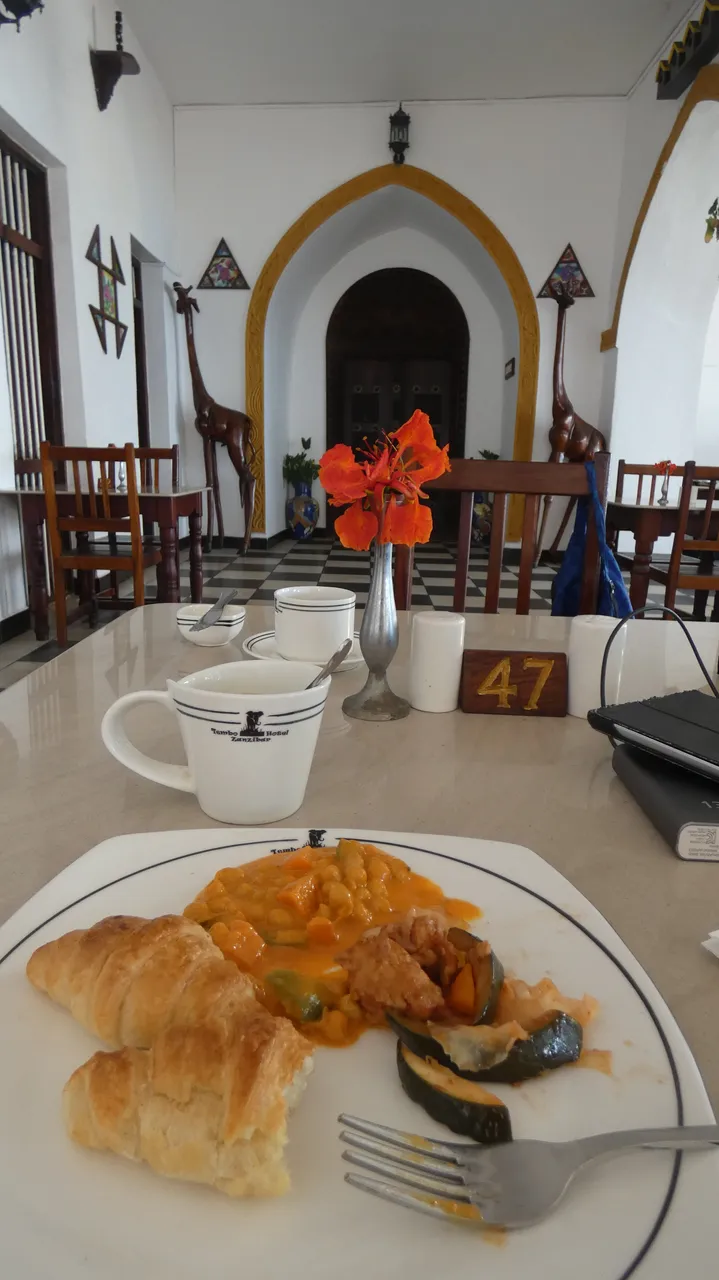 |  |
|---|
Where does the name of the city come from? Stone Town?
Skąd nazwa miasta to Stone Town?
The name of the city of Stone Town, or Stone Town, comes from the building material it was created from. These are not ordinary rocks, but fossilized corals, sponges, sea urchins and other limestone crustaceans. As it turned out later, we encountered them every day almost all over the eastern coast, at low tide of the ocean. This natural stone is very resistant to erosion, therefore it is still used today as a building material.
Nazwa miasta Stone Town czyli Kamienne miasto pochodzi od budulca z którego powstało. Nie są to zwykłe skały, a skamieniałe koralowce, gąbki, jeżowce i inne skorupiaki w postaci skał wapiennych. Jak się później okazało spotykaliśmy je codziennie niemal na całym wschodnim wybrzeżu, podczas odpływu oceanu. Ten naturalny kamień jest bardzo odporny na erozję dlatego wykorzystywany jest do dzisiaj jako budulec.

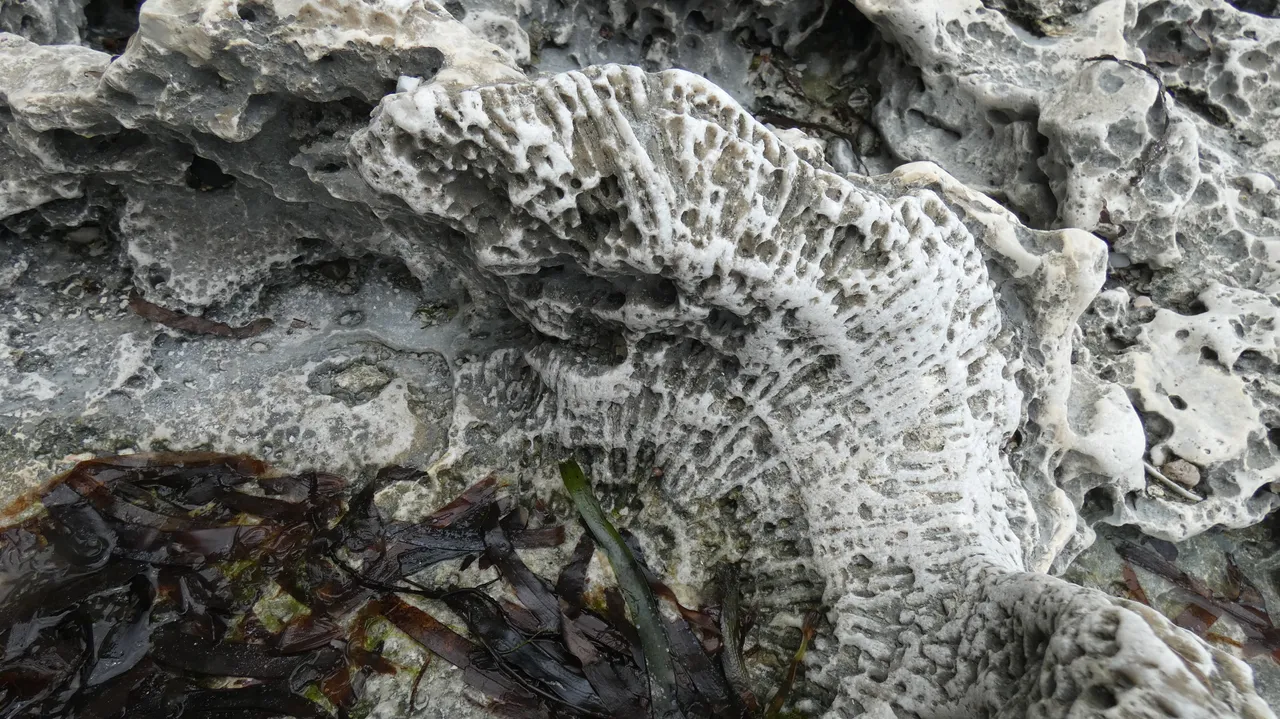 |  |
|---|
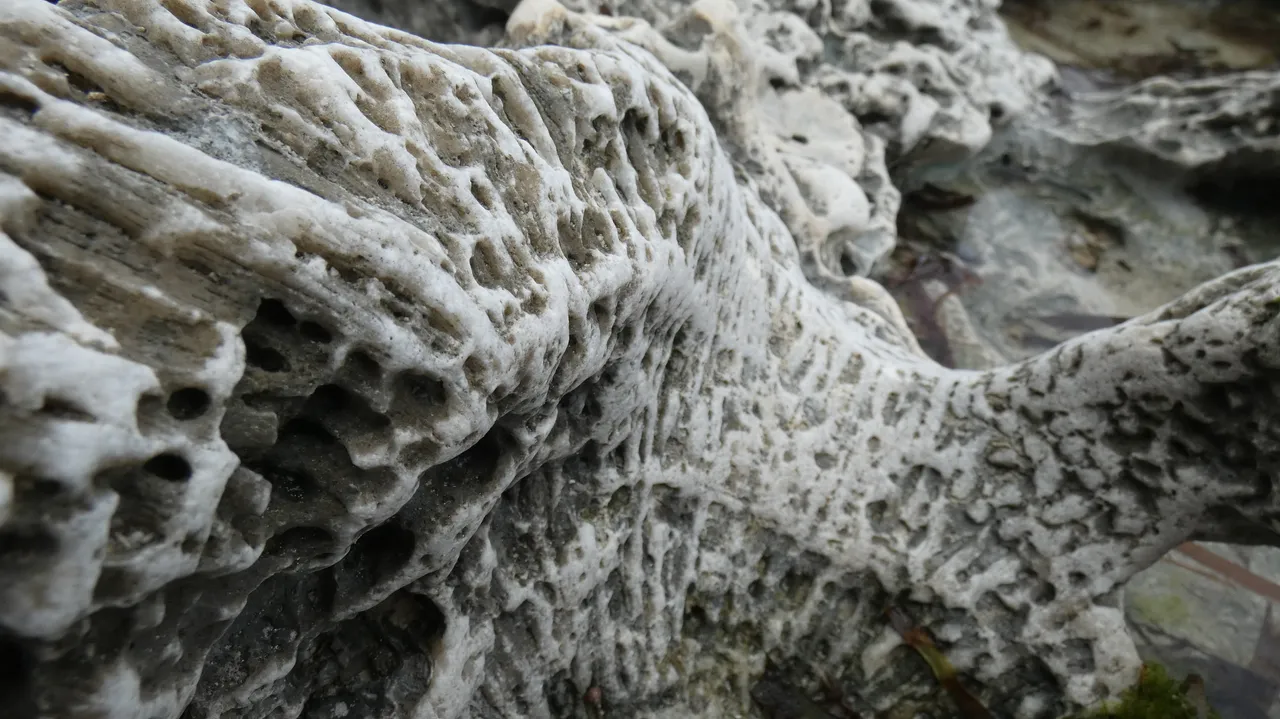
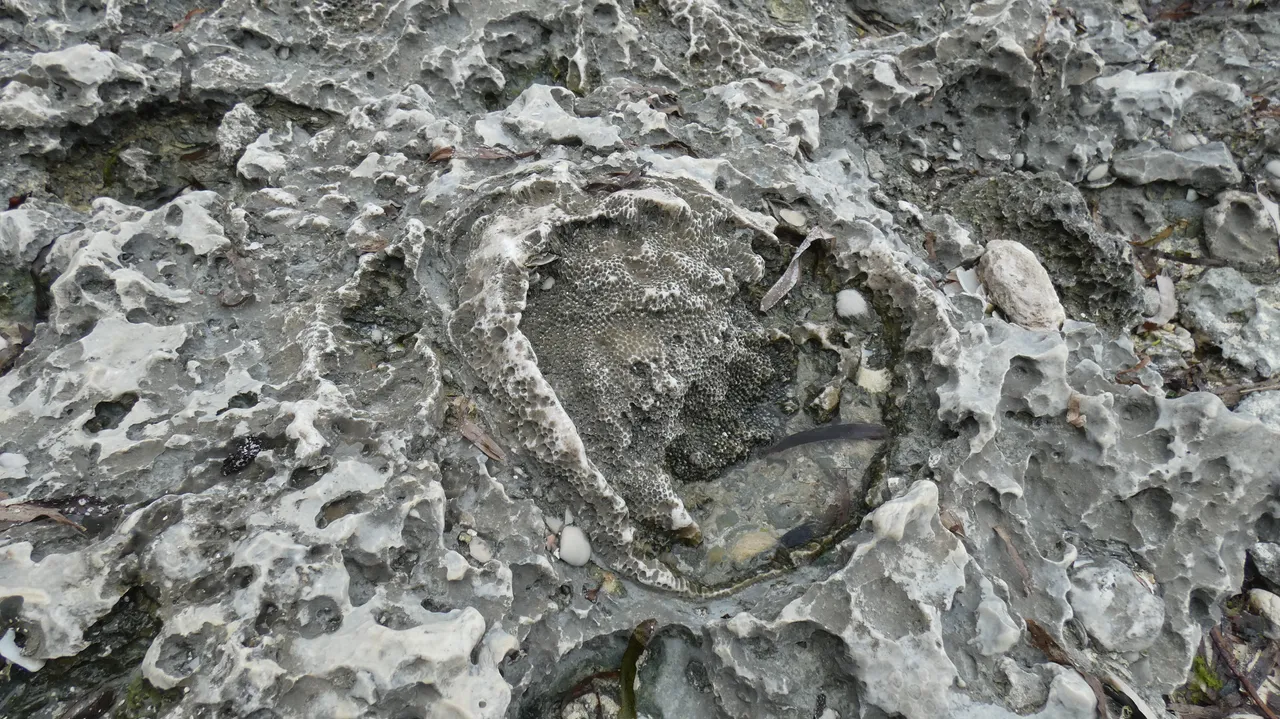 | 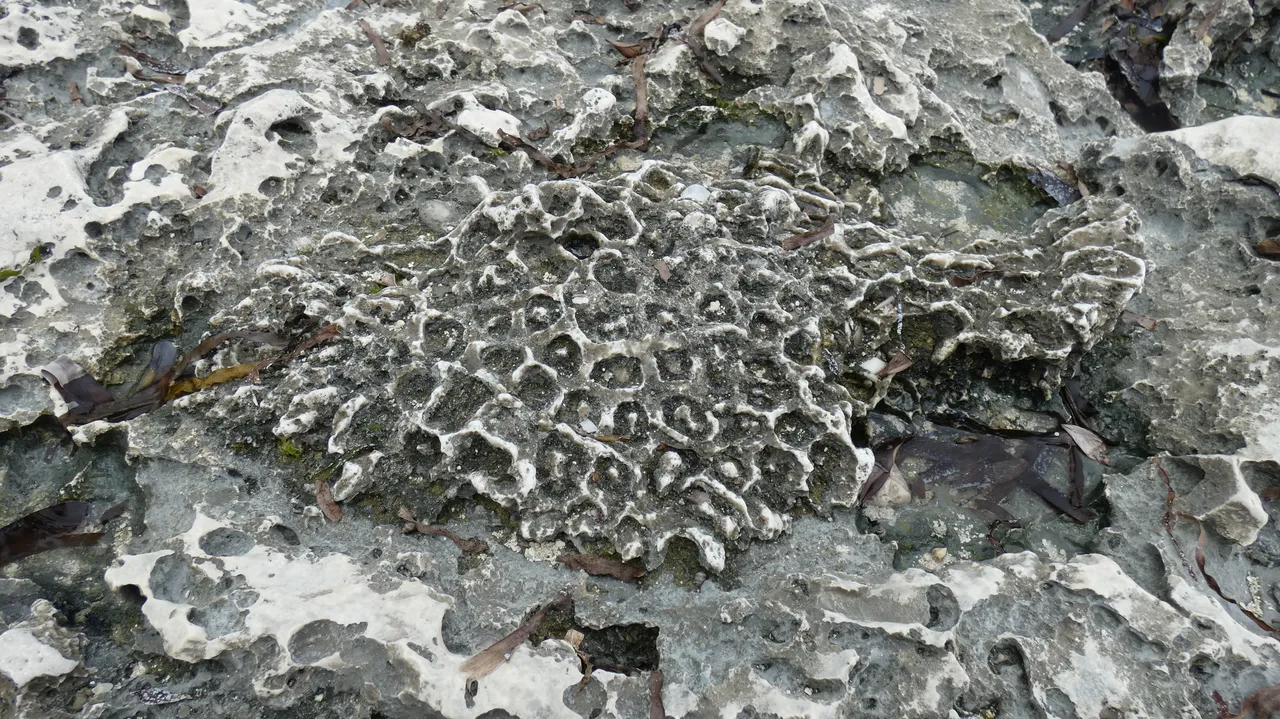 |
|---|
Stone town - the history of unusual doors
Stone town - historia niezwykłych drzwi
A distinctive feature of the city, or in fact houses, is atypical doors. They are exquisitely crafted, with various carved patterns, and some are additionally provided with spikes. They are the perfect example of the mixing of Swahili, Arab and Indian cultures.
Charakterystyczną cechą miasta, a w zasadzie domów, są nietypowe drzwi. Są kunsztownie wykonane, z różnymi rzeźbionymi wzorami, a niektóre, dodatkowo zaopatrzone są w kolce. Są idelnym przykładem mieszania się kultur suahili, arabskiej i indyjskiej.
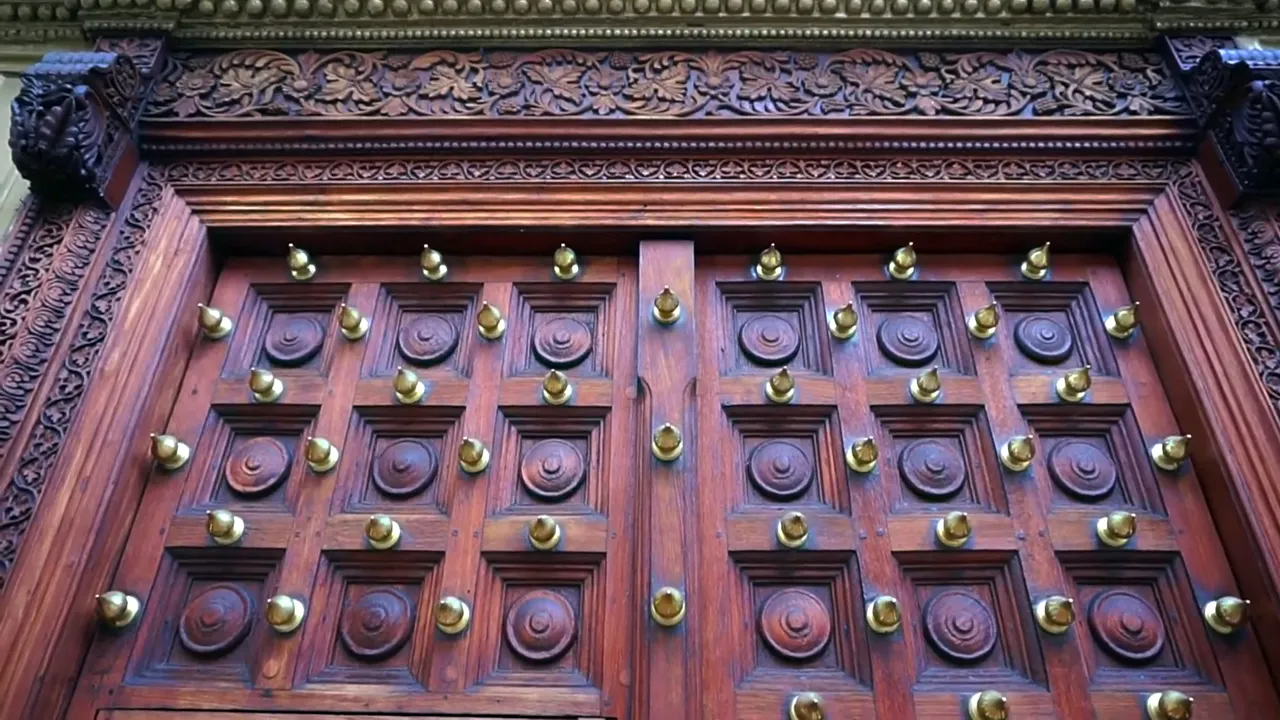
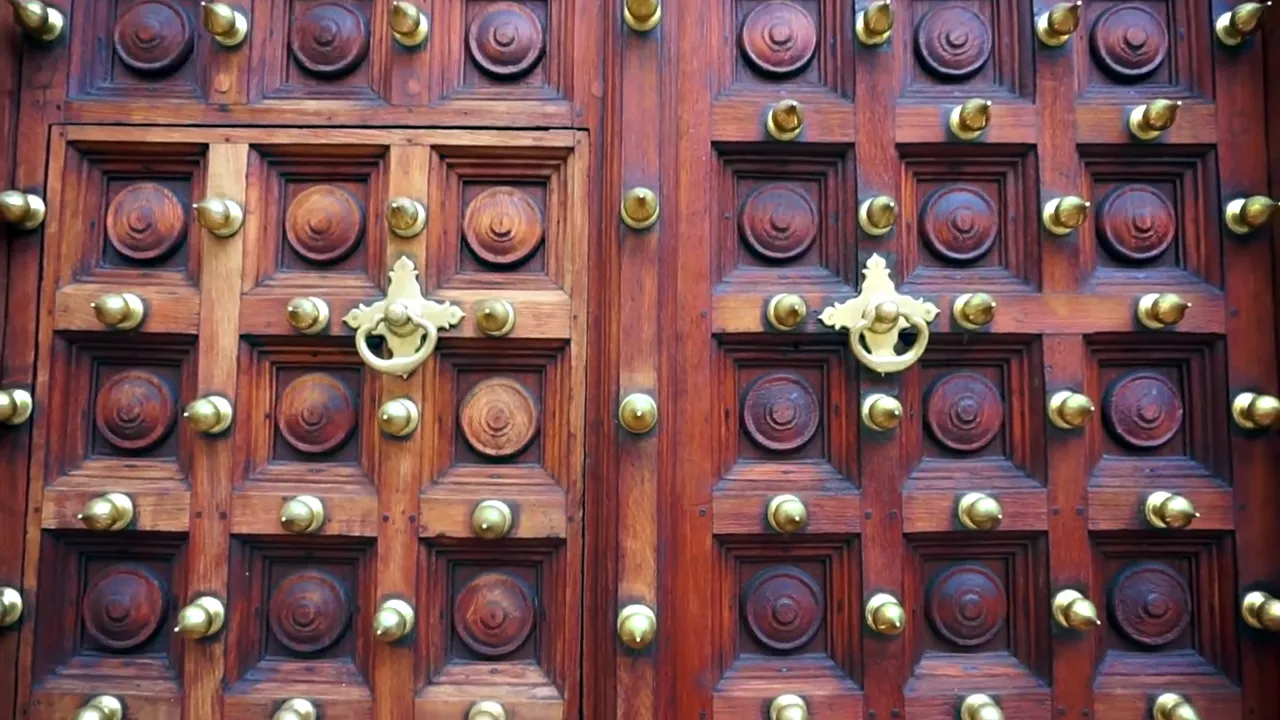
The oldest door dates back to 1694. During the times of the Sultanate of Zanzibar, the door was the most important and prestigious element of the house.
Najstarsze drzwi datowane są na 1694 rok. Za czasów Sułtanatu Zanzibaru, to właśnie drzwi były najważniejszym i najbardziej prestiżowym elementem domu.


They were the business card of the owner. They were the first to appear during the construction phase and the bigger and more decorated they were, the higher the status of the owner was.
Stanowiły wizytówkę właściciela. Pojawiały się jako pierwsze podczas bu tydowy i im były większe i bardzej zdobione, tym status właściciela był wyższy.
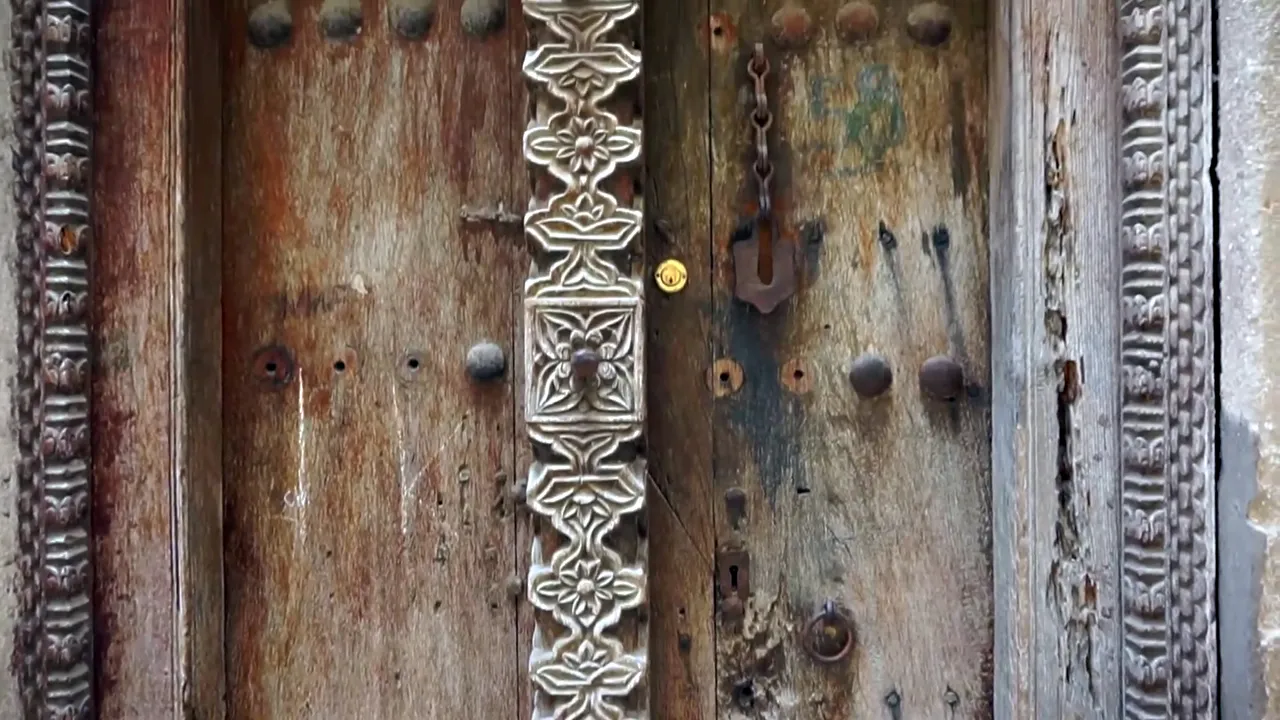
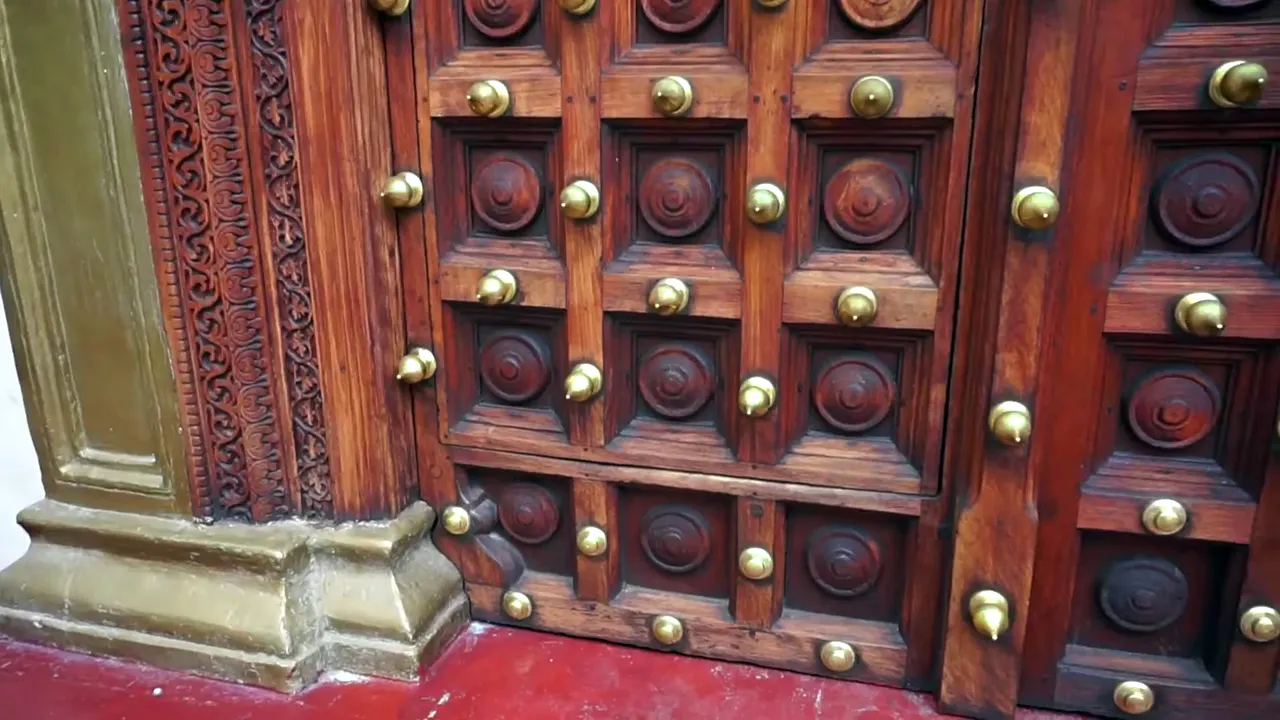
Many doors are decorated with brass spikes or studs. This is a classic example of Idic influences. The spikes were supposed to protect against the pressure of elephants. However, the elephants in Zanzibar became extinct long before the Indians moved to Zanzibar, hence the presumption that the spikes are only a decorative element.
Bardzo wiele drzwi ozdobionych jest mosiężnymi kolcami, czy ćwiekami. To klasyczyny przykład wpływów idyjskich. Kolce miały podobno chronić przed naporem słoni. Słonie jednak na Zanzibarze wyginęły jednak na długo przed tym, jak sprowadzili się na Zanzibar Hindusi, stąd domniemanie, że kolce stanowią jedynie element dekoracyjny.
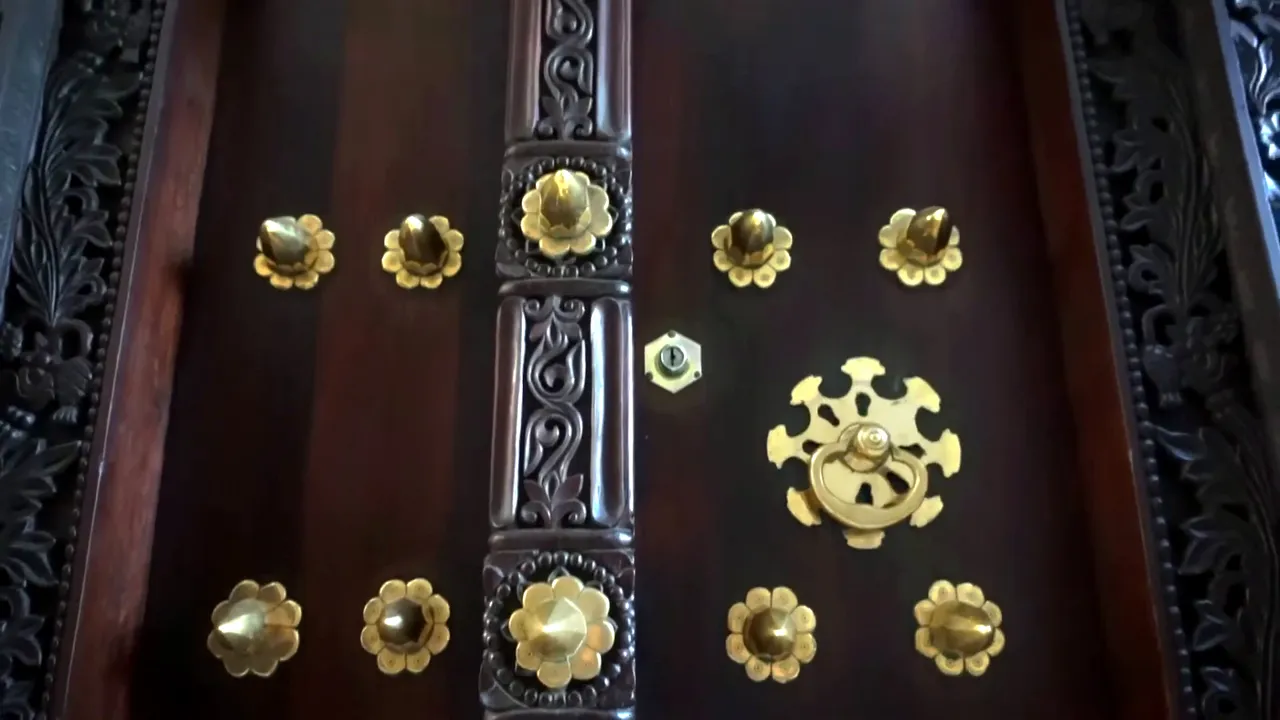
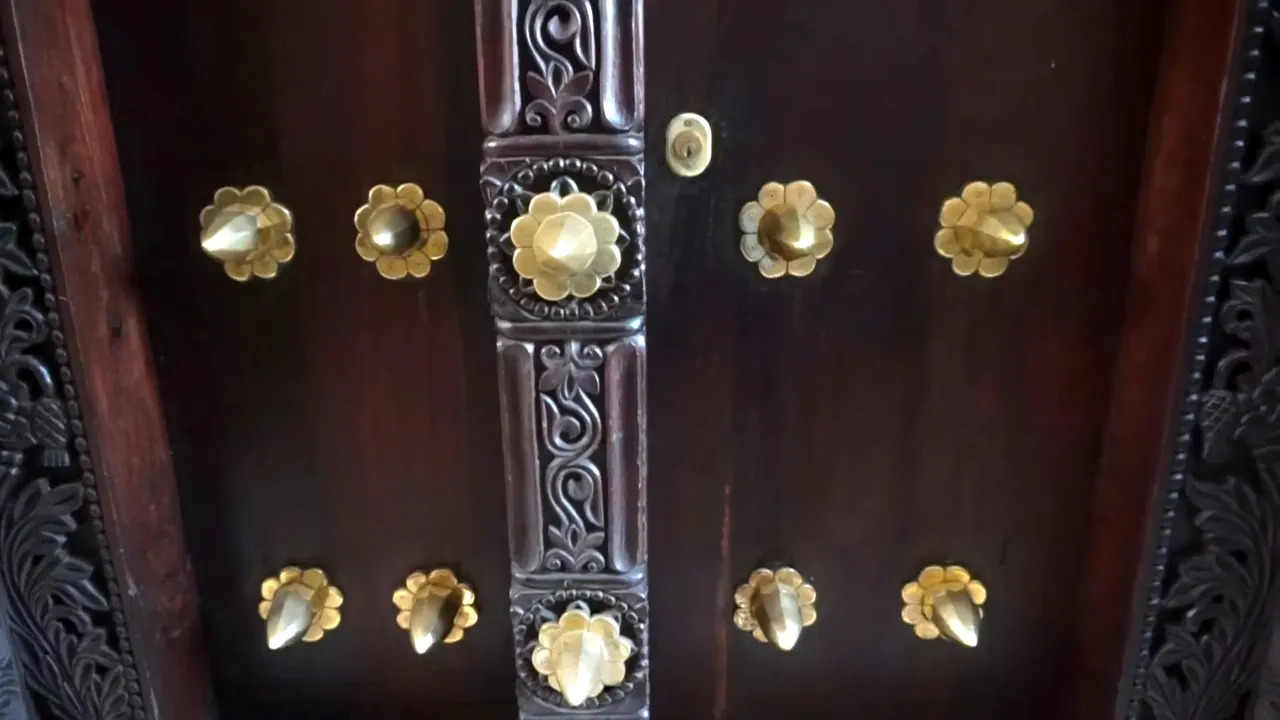
The symbolism of the carvings on the doors is not accidental. When there were fish symbols on the door, it meant that the owner of the house was a fisherman or a fish trader. When the ornament consists of geometric patterns, the inhabitant was, for example, an accountant or a businessman at the time. Decorative elements in the form of plants signified a spice trader.
Symbolika rzeźb na drzwiach nie jest przpadkowa. Gdy na drzwiach widniały symbole ryby, oznaczało to, że właścielem domu jest rybak lub handlarz rybami. Gdy ornament stanowią wzory geometryczne, miszkańcem był np księgowy lub ówczesny biznesmen. Elementy ozdobne w postaci roślin, oznaczały handlarza przyprawami.
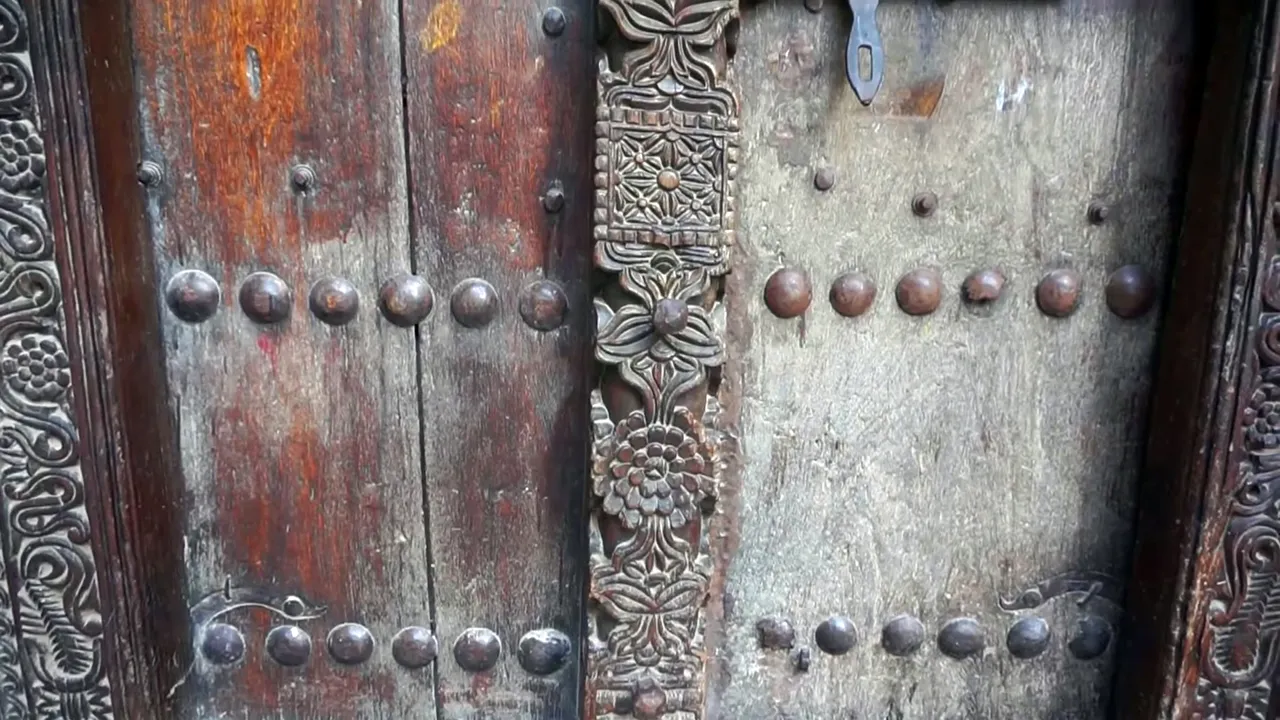
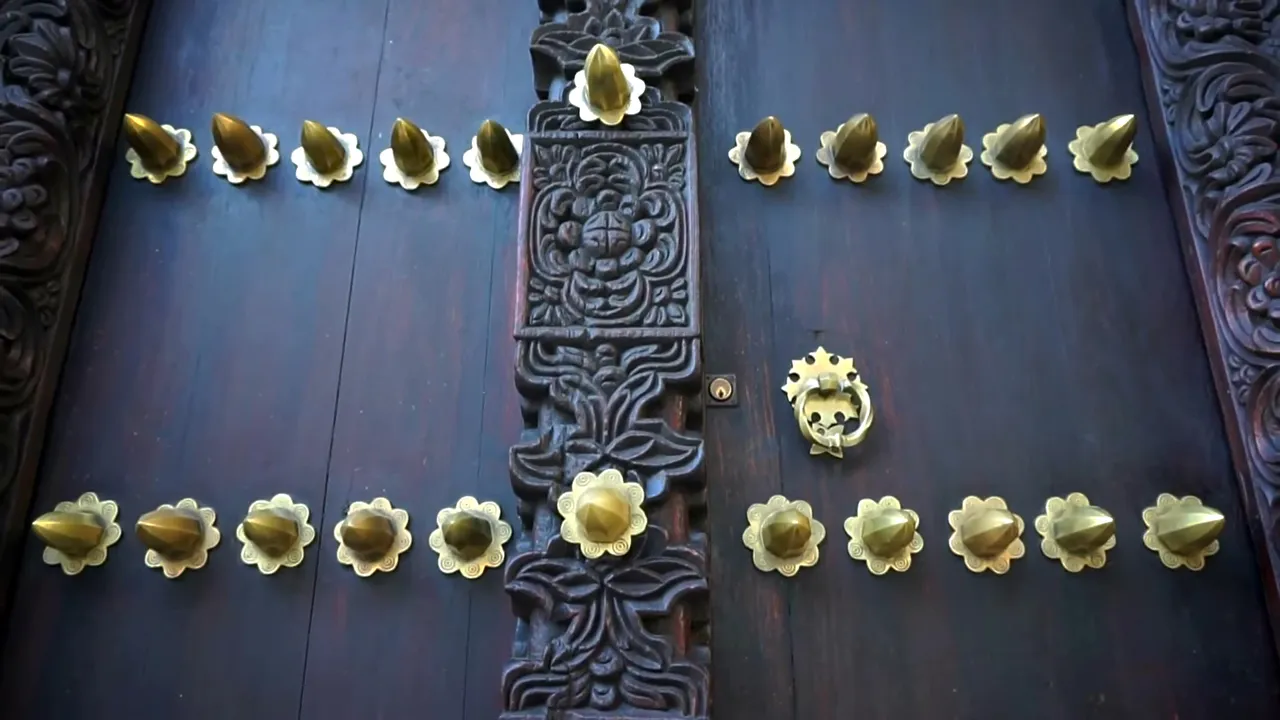
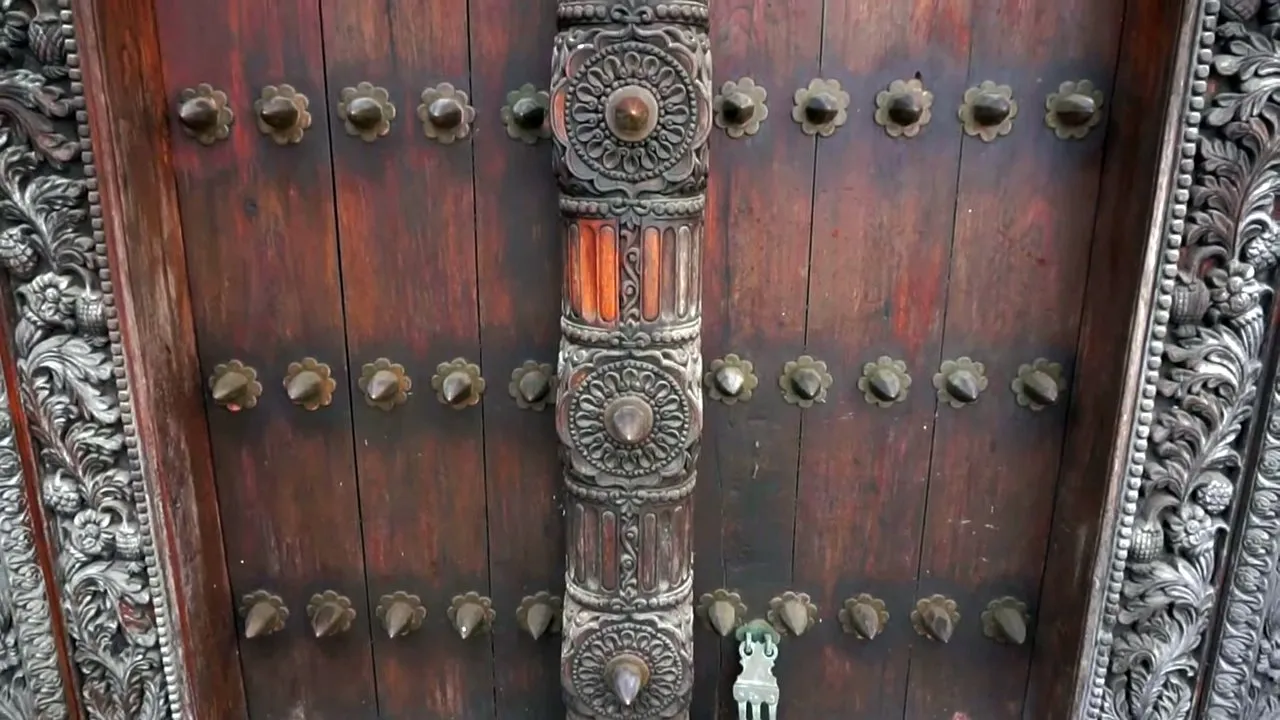
Unfortunately, there are fewer and fewer beautiful doors decorating Stone Towe. The 1980 census indicated 800 items, currently it is estimated that there are about 300 well preserved. This typo door is made in Zanzibar to this day in small carpentry workshops to decorate new houses or hotels.
Niestety tych pięknych drzwi zdobiących Stone Towe jest coraz mniej. Spis z roku 1980 wskazywał na 800 sztuk, obecnie szacuje się, że pozostało około 300 dobrze zachwanych. Drzwi tego typo powstają na Zanzibarze do dzisiaj w małych zakładach stolarskich, by zdobić nowe domy czy hotele.
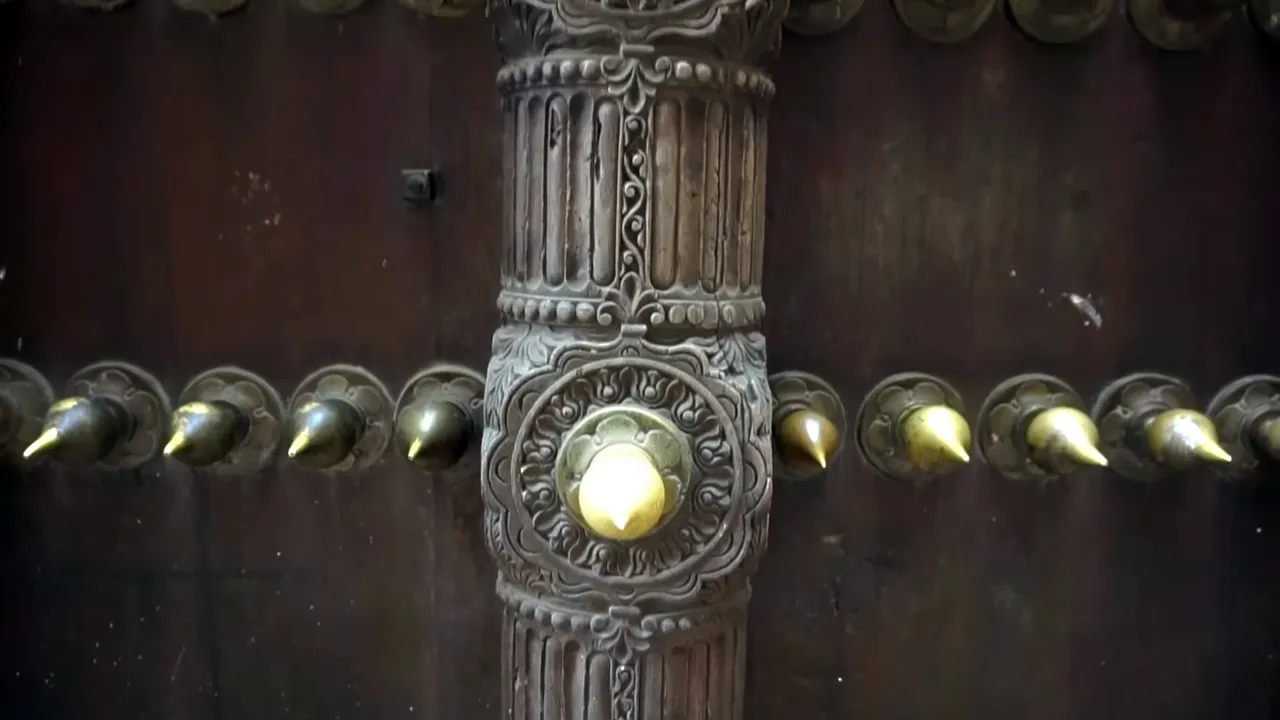
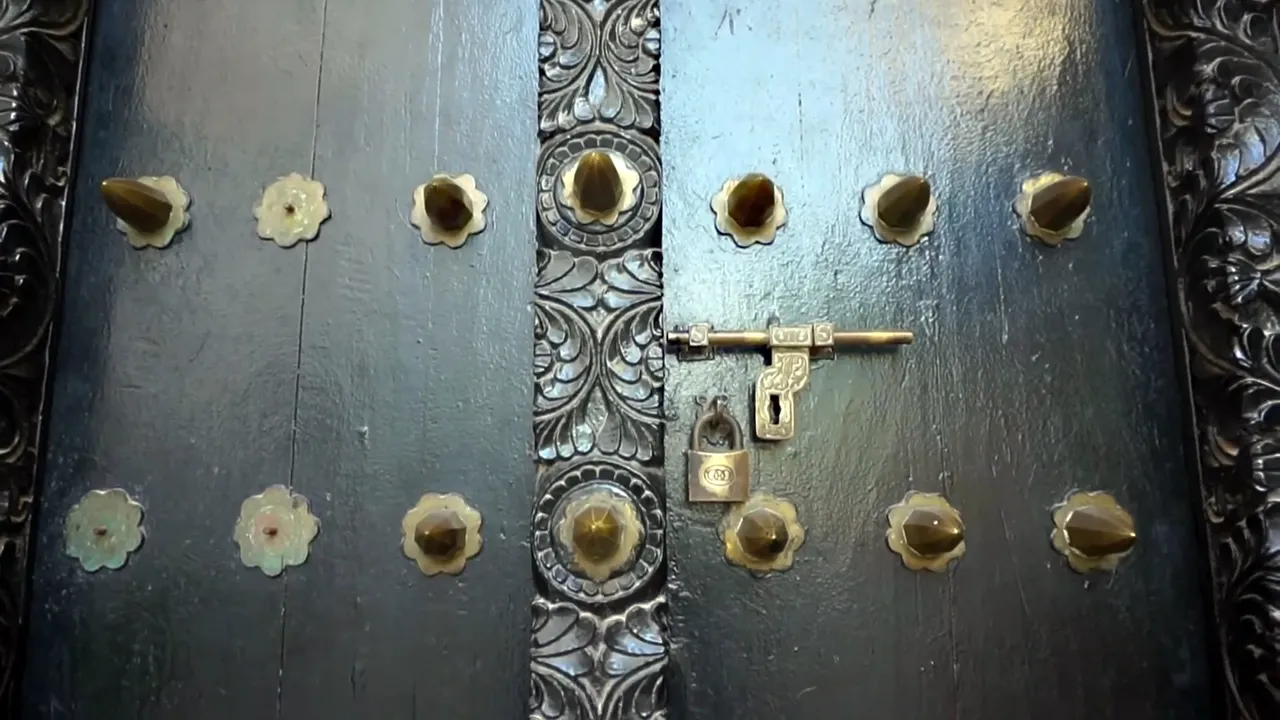
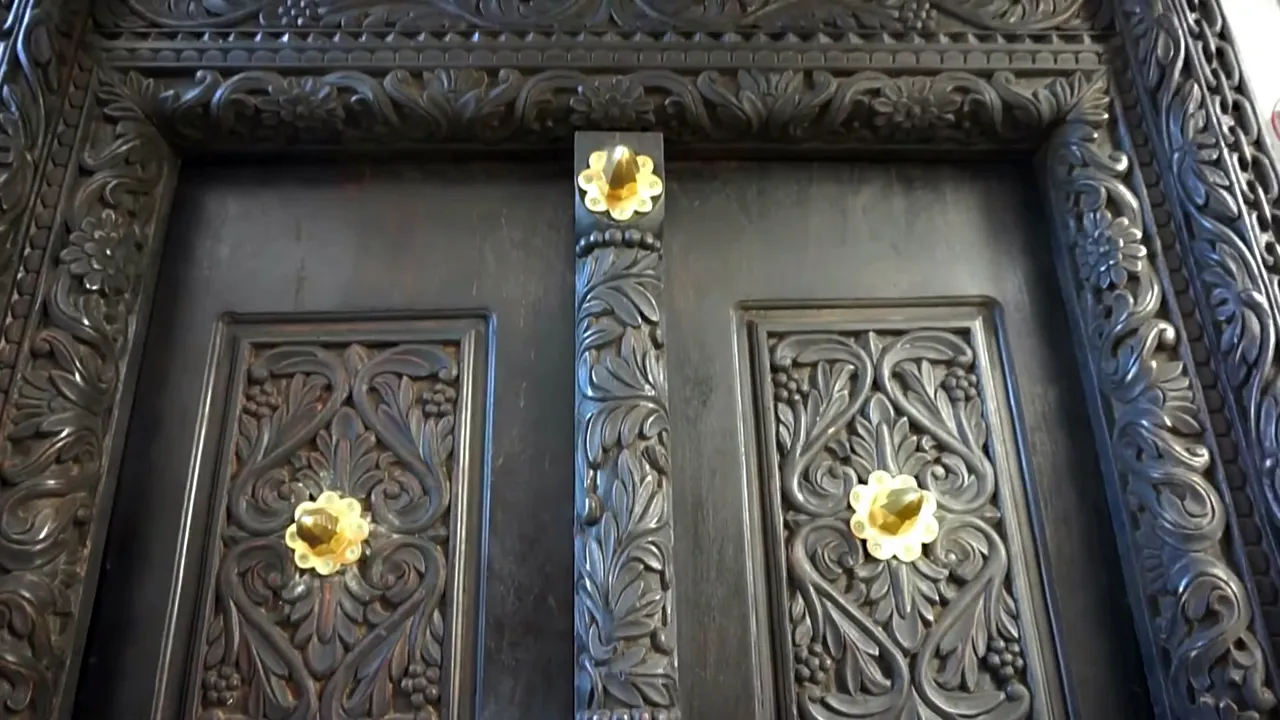
Forodhani Market or the night market
Forodhani Market czyli nocny targ

Our next point was the Forodhani Market night market. This is a place where you can taste good and fresh street food.
Kolejnym naszym punktem, był nocny targ Forodhani Market. To miejsce gdzie można zakosztować dobrego i świeżego street food.
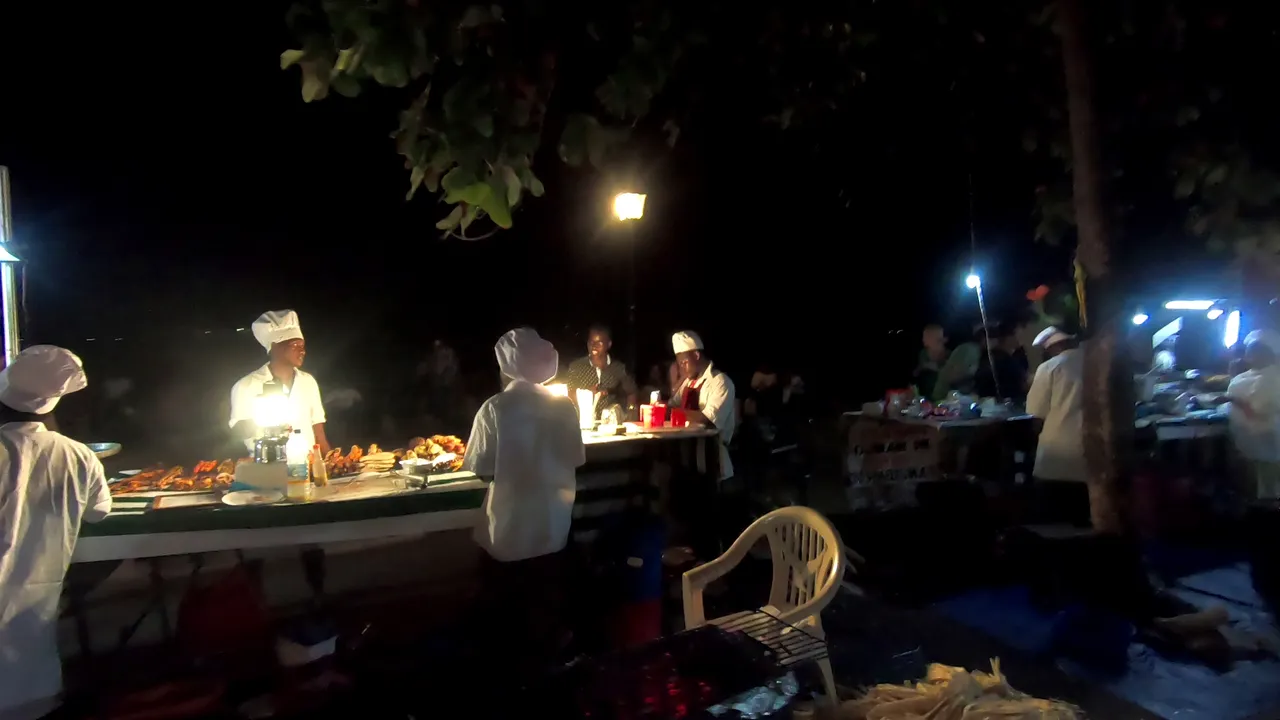

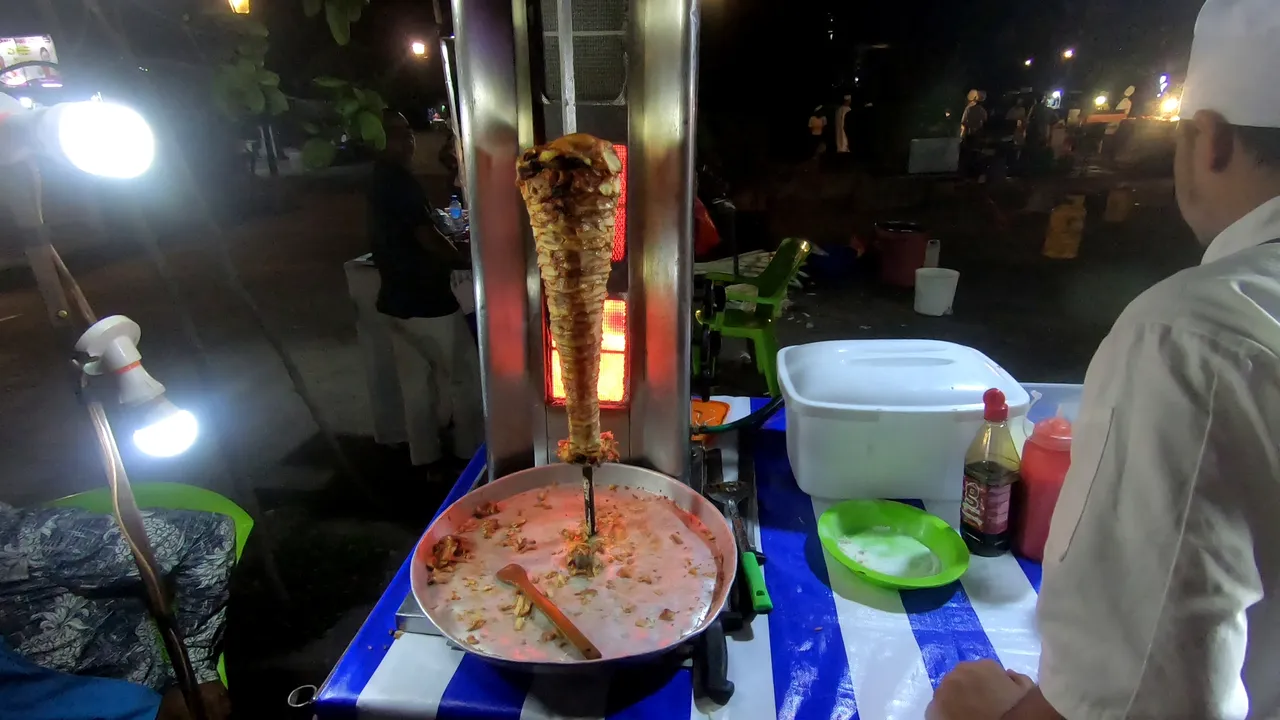
Zanzibar cuisine is a combination of Indian, Arab and African flavors. Lots of seafood, skewers, kebabs here.
Zanzibarska kuchnia to połączenie smaków indyjskich, arabskich i afrykańskich. Mnóstwo tu owoców morza, szaszłyków, kebabów.


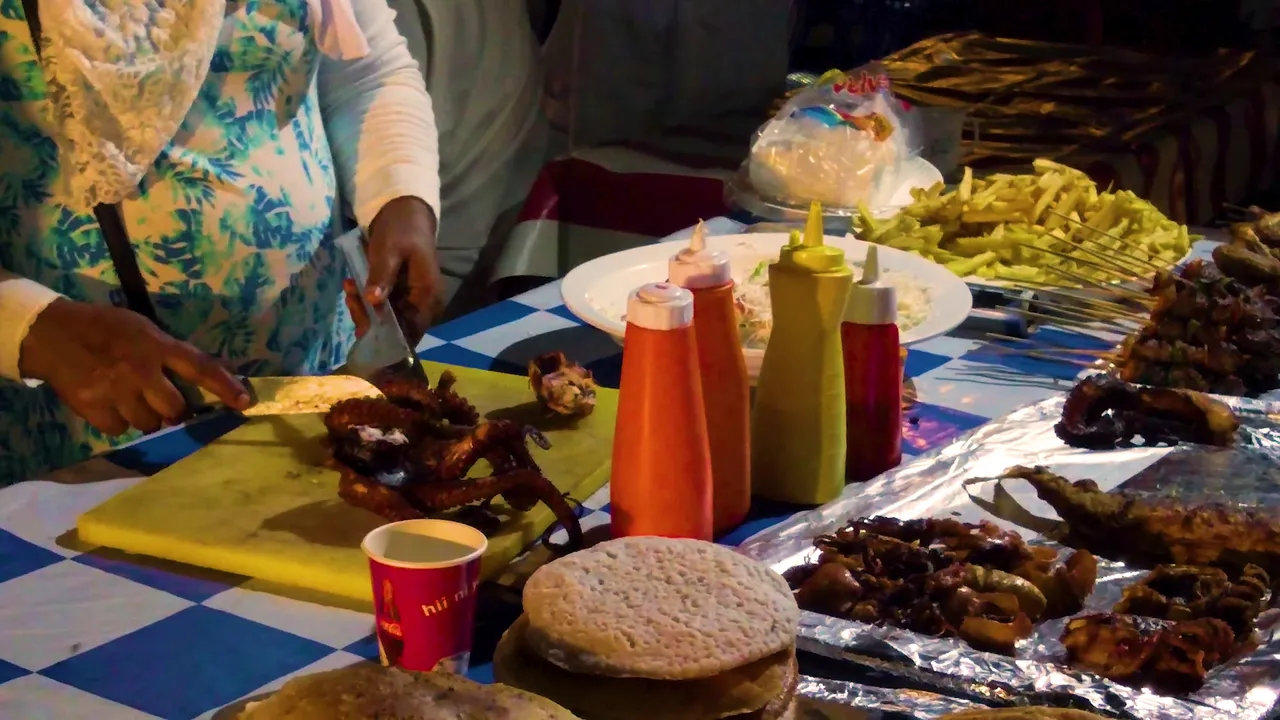
The combination of so many flavors and aromas makes it impossible to pass by the food stands indifferently.
Połączenie tak wielu smaków, aromatów nie pozwala przejść obok stoisk z jedzeniem obojętnie.
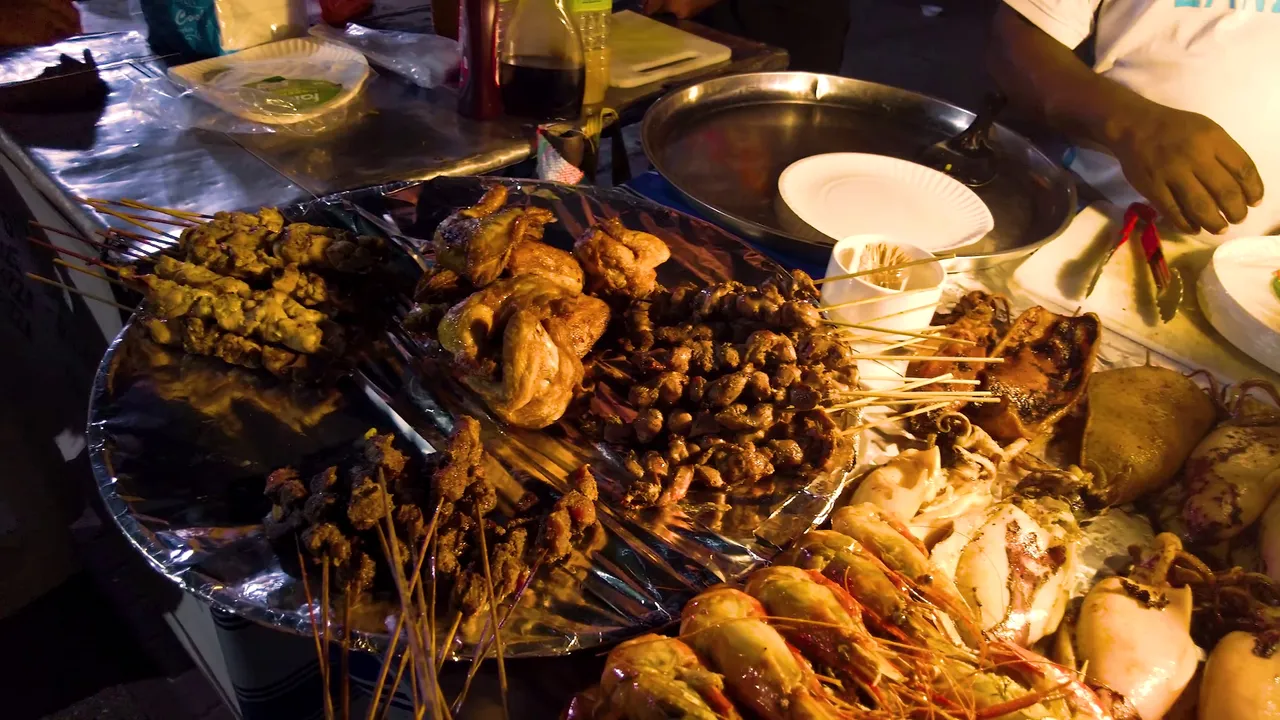
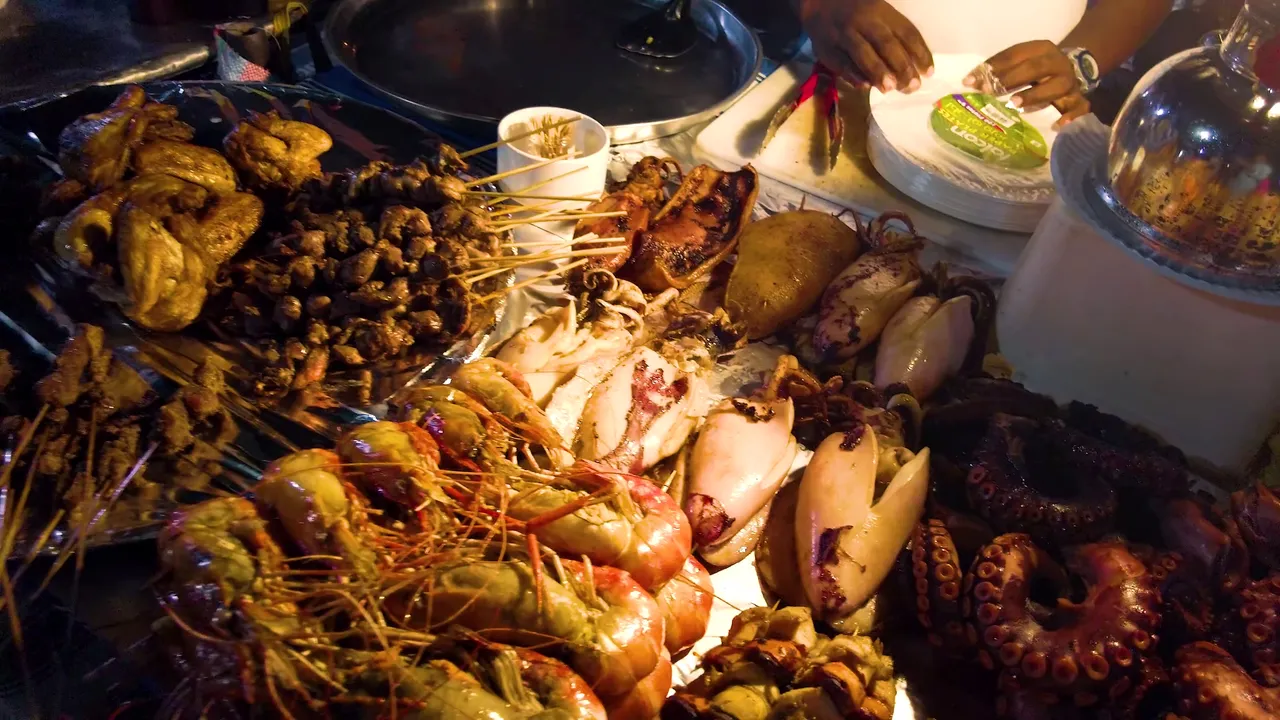
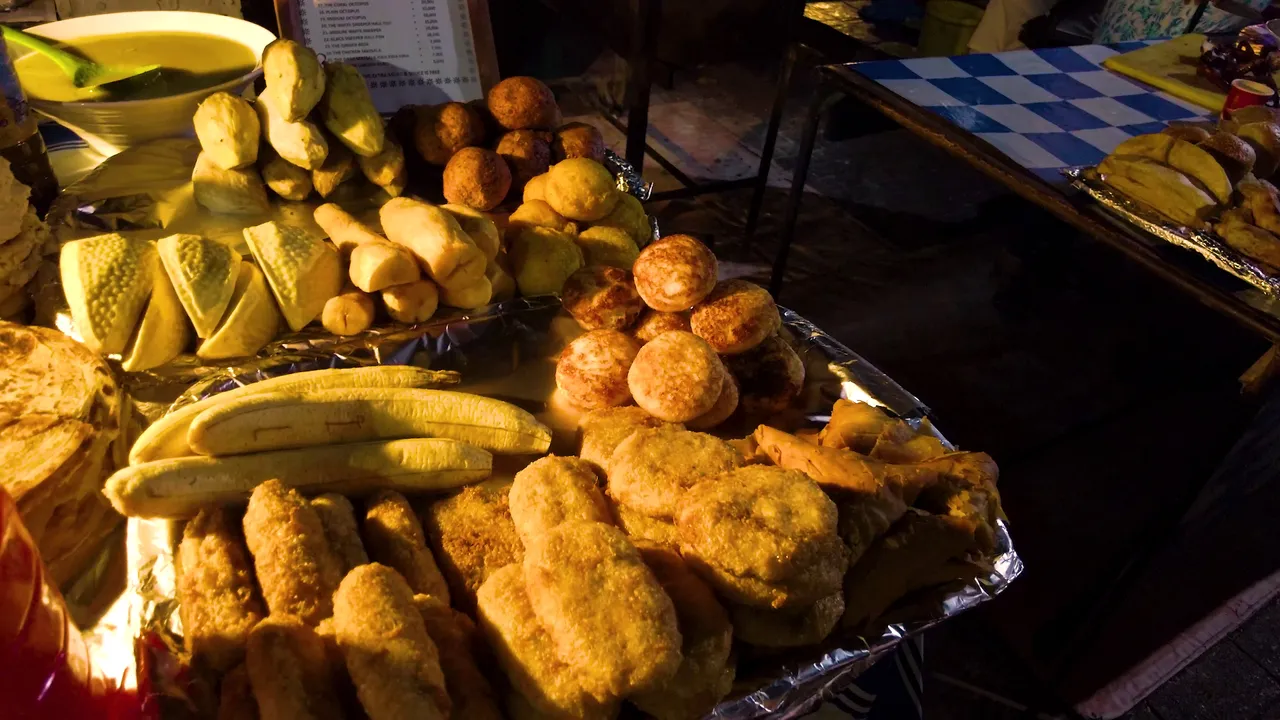
There is also vegetarian cuisine, all kinds of bread, baked bananas.
Jest też kuchnia wegetariańska, wszelkiej maści chlebki, pieczone banany.
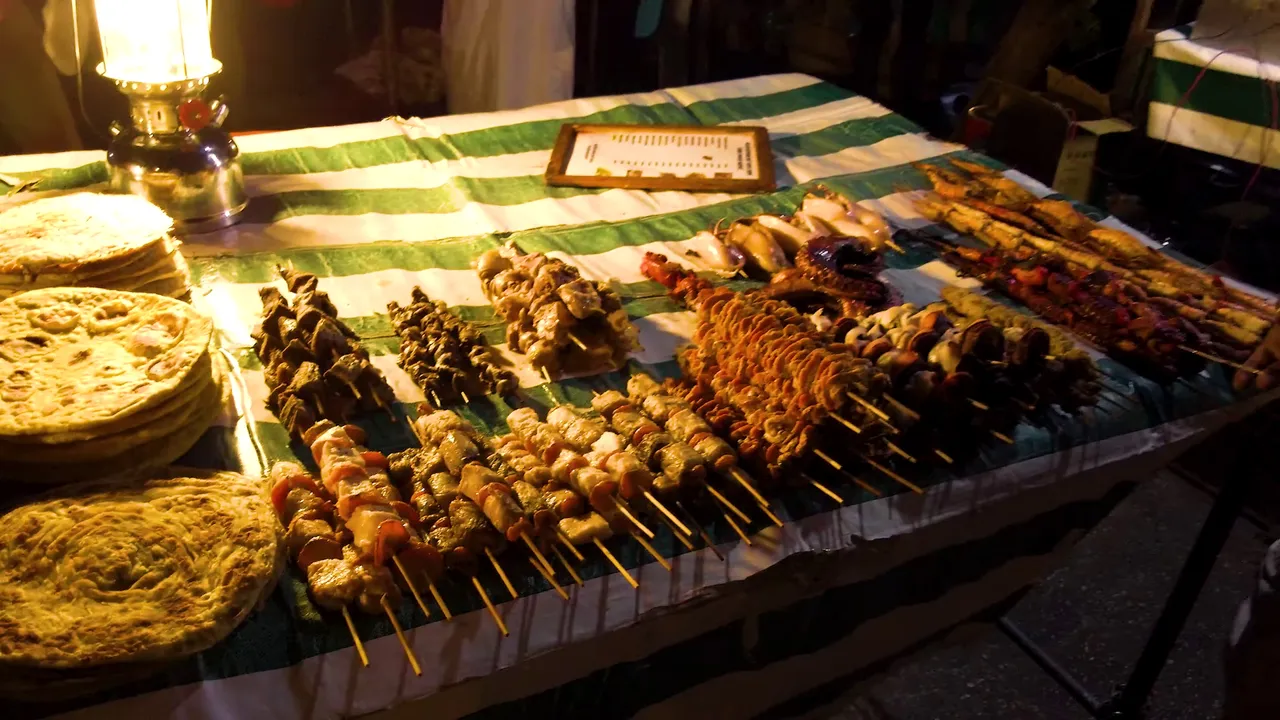
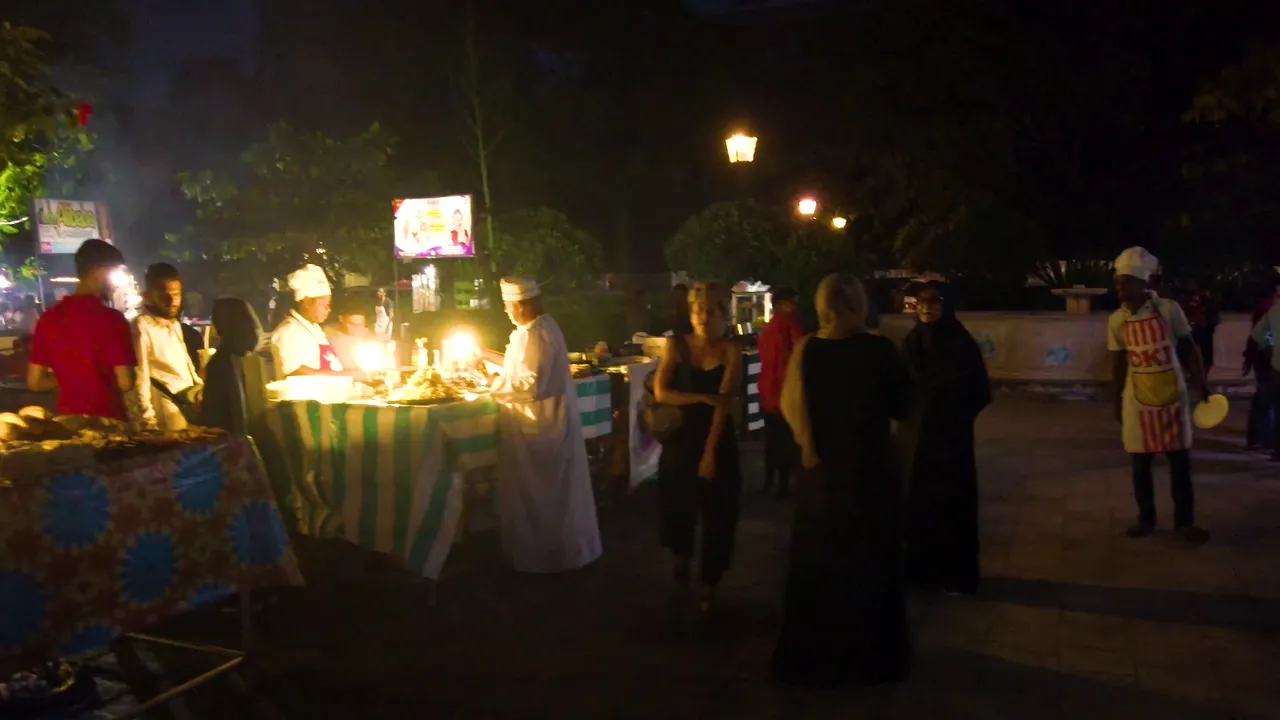
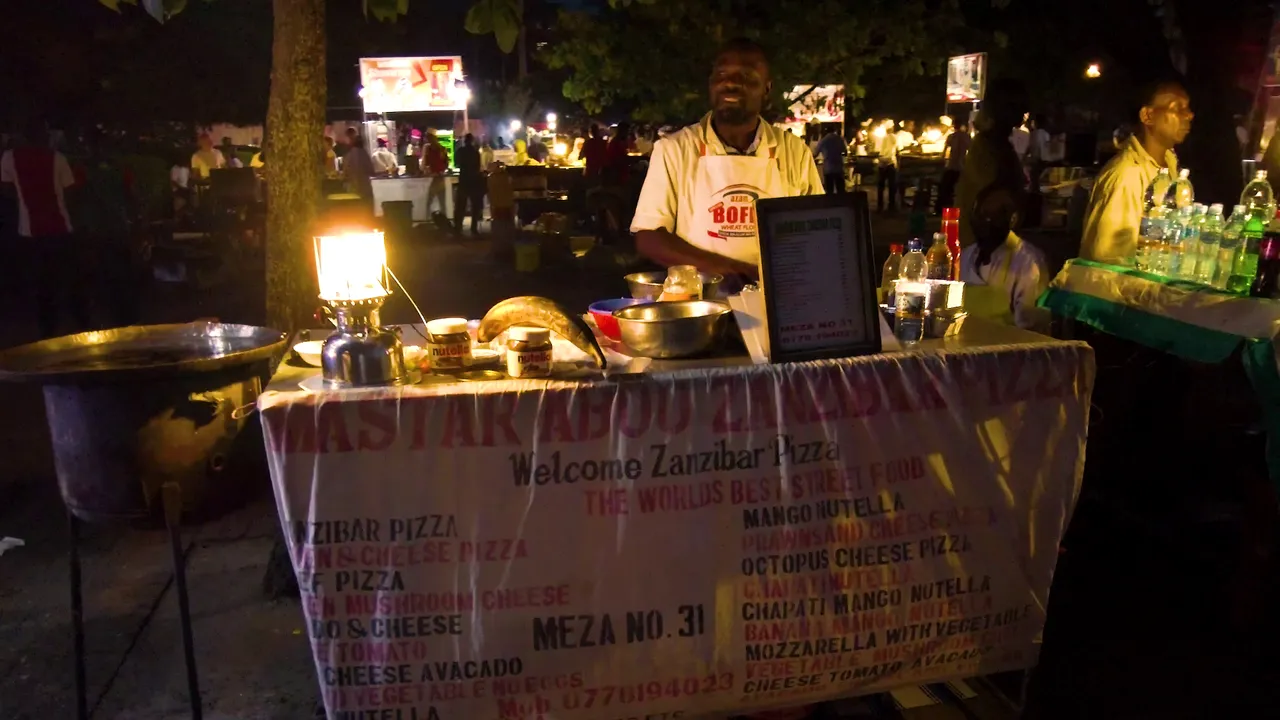
When we were satisfied, we topped it up with sugar cane juice with lime. Revelation!
Jak już się nasyciliśmy, całość dopełniliśmy sokiem z trzciny cukrowej z limonką. Rewelacja!
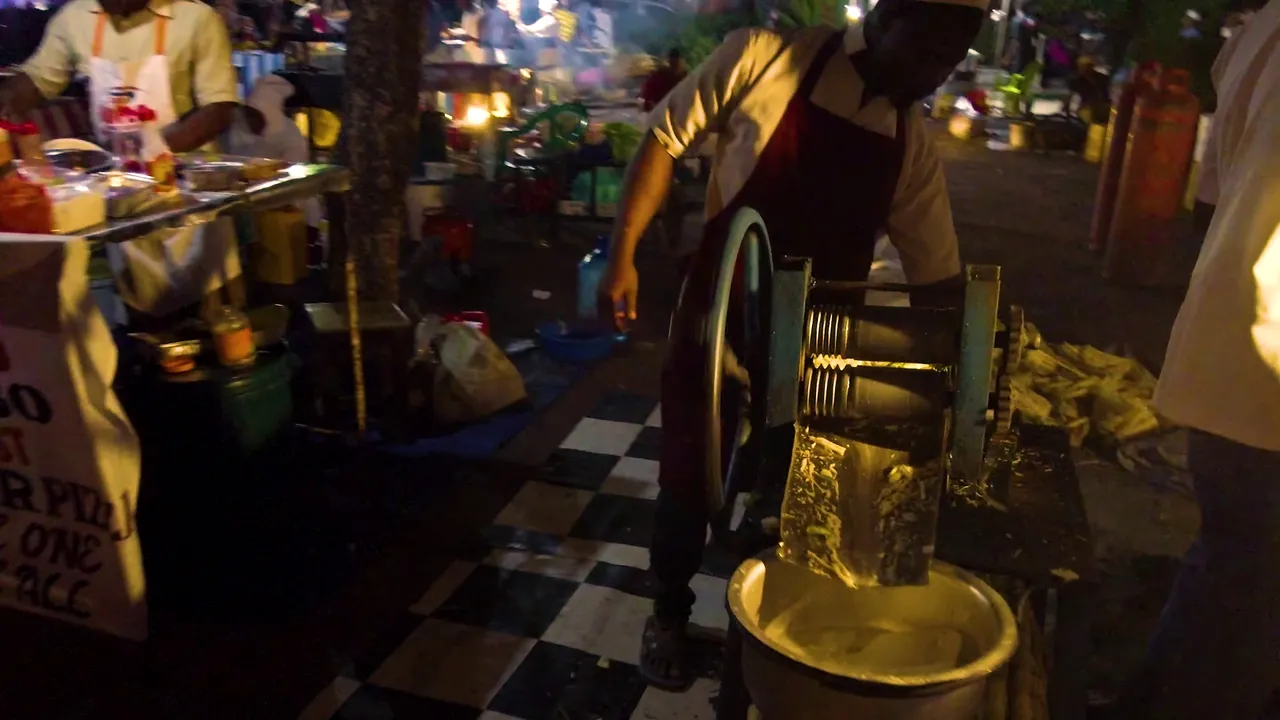
Finally, a visit to a local restaurant, opposite the night market. A little beer and we go to sleep. Tomorrow's the Fredie Mercury Museum.
Na koniec wizyta w miejscowej restauraji, naprzeciwko nocnego targu. Małe piwko i idziemy spać. Jutro Muzeum Fredie Mercurego.
